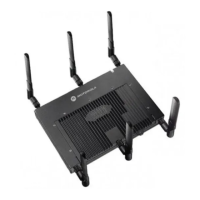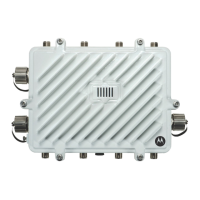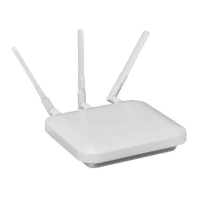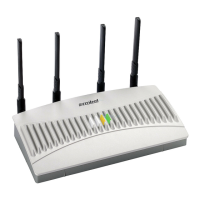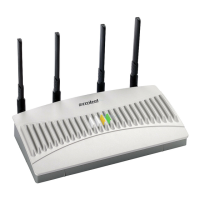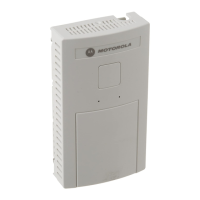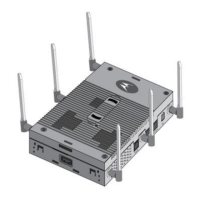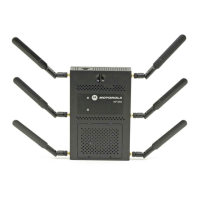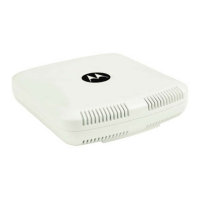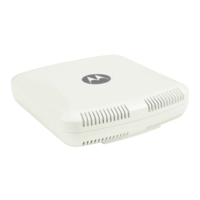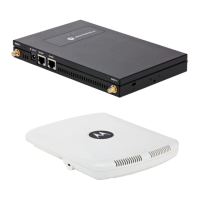AP-7131 Series Access Point: Installation Guide
32
to use the access point as a DHCP server over the LAN connection. Select the Bootp
client option to enable a diskless system to discover its own IP address.
c. Enter the network-assigned IP Address of the access point. DNS names are not
supported as a valid IP address for the access point. The user is required to enter a
numerical IP address.
d. The Subnet Mask defines the size of the subnet. The first two sets of numbers specify
the network domain, the next set specifies the subset of hosts within a larger network.
These values help divide a network into subnetworks and simplify routing and data
transmission.
e. If using the static or DHCP Server option, enter a Default Gateway to define the
numerical IP address of a router the access point uses on the Ethernet as its default
gateway
f. If using a static or DHCP Server, enter the Primary DNS Server numerical IP address.
g. If using DHCP Server, use the Address Assignment Range parameter to specify a
range of IP address reserved for mapping clients to IP addresses. If a manually (static)
mapped IP address is within the IP address range specified, that IP address could still be
assigned to another client. To avoid this, ensure all statically mapped IP addresses are
outside of the IP address range assigned to the DHCP server.
7. Select the WLAN #1 tab (WLANs 1 - 4 are available within the Quick Setup screen) to define
its ESSID security scheme for basic operation.
NOTE Motorola recommends that the WAN and LAN ports should not be
configured as DHCP clients at the same time.
NOTE For additional access point port configuration options, as well as radio,
WLAN and Quality of Service (QoS) options, refer to the
AP-7131 Series Product Reference Guide available at
http://support.symbol.com/support/product/manuals.do
.
NOTE A maximum of 16 WLANs are configurable within the access point
Wireless Configuration screen. The limitation of 16 WLANs exists
regardless of the number of radios supported.
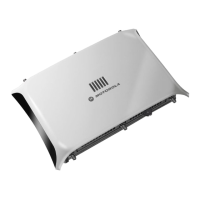
